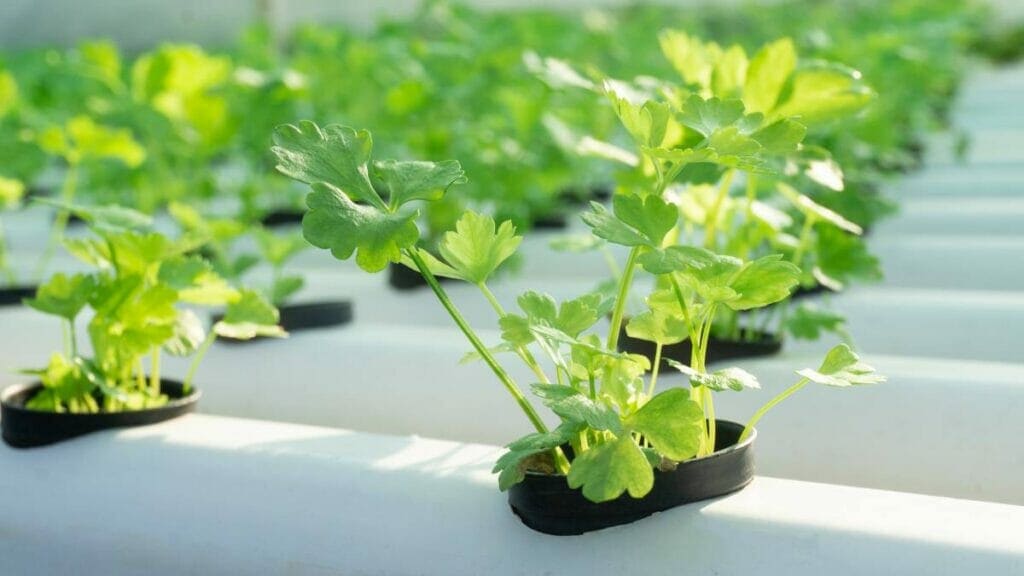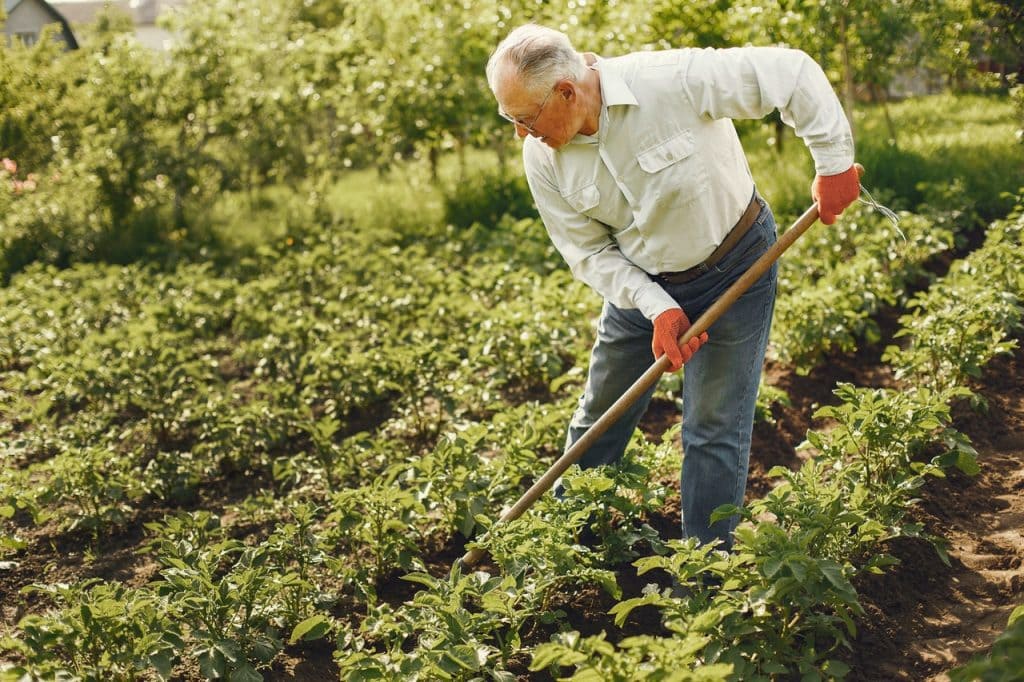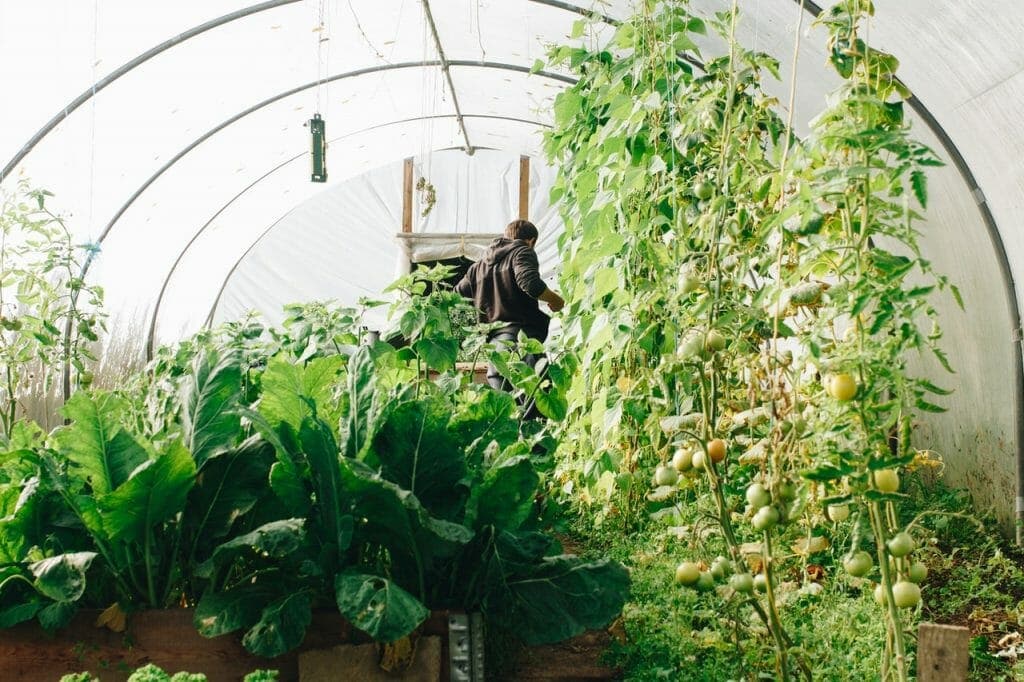For anyone looking to get started in hydroponic gardening, there are a few key tips to keep in mind. First and foremost, it is important to choose the right location for your garden. A sunny spot that receives at least six hours of sunlight per day is ideal. Next, you will need to select the appropriate type of hydroponic system for your needs. There are many different types of systems available on the market, so it is important to do your research before making a purchase. Once you have your system set up, you will need to choose the right plants for your garden. Some plants are better suited for hydroponic growth than others, so it is important to select varieties that will thrive in your particular system. With these tips in mind, you should be well on your way to success with hydroponic gardening.
Best Tips to Start Your Hydroponic Garden
Hydroponic gardening is a method that uses a supply of water with other water-fertilizer solutions to grow plants. Hydroponic systems grow faster than other conventional ways, and more importantly, they are suitable for all seasons.
Many beginners fail once or twice at first and fear trying again. This article aims at helping you master this gardening method with the following instructions.
What To Prepare For Hydroponic Garden?
Each type of plant requires a particular hydroponic setup. But there are some vital factors you should follow strictly:
Tools/ Equipment:
- Grow light
- Screwdriver, rotary tool, or drill
Required materials:
- Container/ basin for water storage
- Water
- Fertilizing solution for hydroponics (either dry or liquid is fine)
- Seeds or ready-to-grow plants
Other optional materials (for different systems):
- Nylon or cotton cords
- Growing mediums
- Growing tray
- Styrofoam sheet
- Drain tube and fill tube
Tips for choosing plant
Except for corn, root veggies, or vine plants, you can grow almost everything in a hydroponic vegetable garden. However, small or fast-growing plants are preferable to start with.
If this is the first time you do hydroponic gardening, here are the 5 best hydroponic plants for beginners to try:
Spinach:
As long as you maintain the nutrient solution oxygenated, spinach will grow and develop quickly. You even need less water than regular ground gardening.
- Expected time: 40 days
- Best pH level: 6.0-7.5
- Growing tip: Keep your hydroponics temperatures around 65 and 72 degrees Fahrenheit to fasten the growing time.
Lettuce:
Leaf lettuce is the easiest plant to grow since it does not require any hassle care from gardeners. The only requirement is to change the water and nutrient solution regularly.
- Expected time: 30 days
- Best pH level: 6.0-7.0
- Growing tip: Spread out your vegetables so that they have enough room to grow.
Herbs:
Luckily, most types of herbs, including chives, basil, mint, oregano, rosemary, parsley, thyme, etc., can fit in any system and even grow well in water.
- Expected time: Vary by plant
- Best pH level: Vary by plant
- Growing tip: Clean your growing environment once a week to remove any nutrients your herbs cannot absorb.
Bell peppers:
Bell peppers may require more technique, but overall, they are still suitable for novice gardeners. Always remember to prune your plants at around 8 inches to speed up their growth.
- Expected time: 90 days
- Best pH level: 6.0-6.5
- Growing tip: Provide enough 18 hours of light every day.
Strawberries:
Strawberries fit the ebb and flow/ flood and drain system the most, but the nutrient film technique or deep water culture is also effective for a limited crop.
- Expected time: 60 days
- Best pH level: 5.5-6.2
- Growing tip: Get cold-stored plants that are ready to be grown hydroponically instead of seeds.
Tips for choosing a light source
Getting sufficient light is important for plants’ development. However, if natural sunlight is limited, an alternative light source is usually needed.
There is a wide range of lighting systems, including fluorescent, cool white (CFL), LEDs, high-pressure sodium (HPS), and metal halide.
CFL or Fluorescent lights are effective for small plants such as herbs or other leafy vegetables. They are a popular choice for new growers, despite their short lifespan.
Meanwhile, large plants like peppers and heirloom tomatoes require higher-powered light sources like HPS and metal halide bulbs. These lights are so complicated to set up and not budget-friendly that primarily only experienced gardeners prefer them.
Of all grow lights, LEDs are the most favored type by both newbies and experts. They are simple yet effective, and more importantly, more energy-efficient than the others.
Tips for setting up a hydroponic system
For first-timers, we recommend you try the Deep Water Culture (DWC) system. It is simple to set up and compatible with both outdoor and indoor gardening.
To make DWC hydroponics at home, prepare a 14-gallon reservoir and fill it with water and nutrient solution. Hang the plant roots over the mixture to the extent that they can continuously absorb water and nutrients.
Another tip for a successful hydroponics setup is oxygen supply, which you need to distribute through the water by either an airstone or an air pump. It will prevent your plant roots from drowning as they cannot absorb enough oxygen needed.
If you plan to build your system outside to benefit from the natural light, no additional light systems are necessary. Otherwise, remember to install a light bulb, depending on your preference, above the water reservoir.
Make it simple and small. You can test it out with simple greens such as herbs, spinach, and lettuce that we have referred to.
Once you have known all the basics, let’s upgrade to the next level with different plants and complicated setups.
Tips for cleaning a hydroponic system
Every grower understands the importance of keeping the system clean and free of diseases and pests. In this case, maintenance involves both sanitization and sterilization.
Sanitization refers to the general cleaning and must be done regularly. You may need to remove any dead plants and dirt, clean out filters, and scrub the buckets.
Meanwhile, sterilization involves in-depth cleaning to eliminate bacteria, fungi, viruses, and micro-organisms. Unlike regular cleaning, we advise gardeners to sterilize their system after every yield.
The process may require using some cleaning agents and chemicals. Therefore, you need to follow the instructions step by step and ensure your safety with rubber gloves.
Utilizing a pressure washer is a good way to clean the reservoirs. In case you do not own one, a long-handle brush can be an alternative.
Check all your swirl and Y filters, too. The filters get most particulates and need to be cleaned periodically, though you can sometimes ignore their sterilization.
For growing medium, try to take off all the roots and sterilize it with bleach. Don’t forget to flush the whole system before starting a new one.



